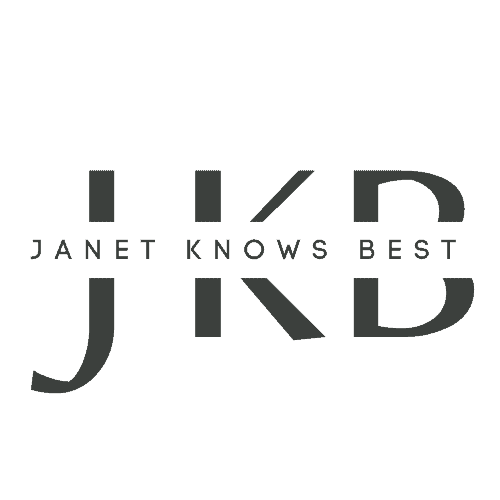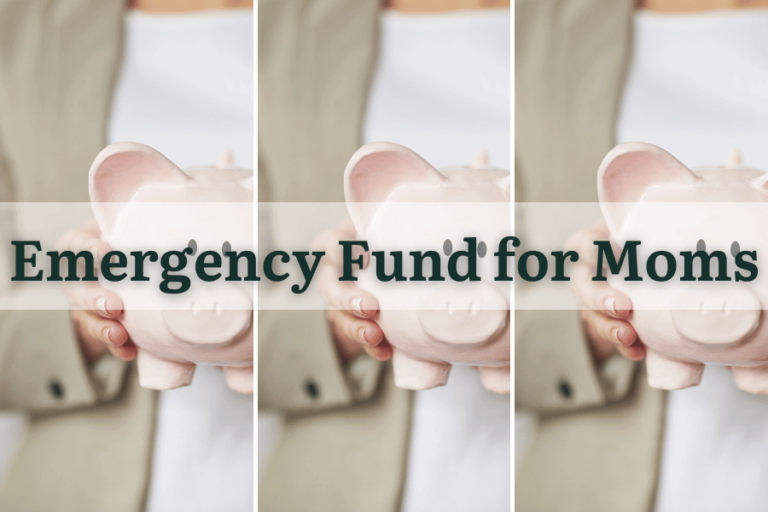7 Best Ways to Use a High Yield Savings Account
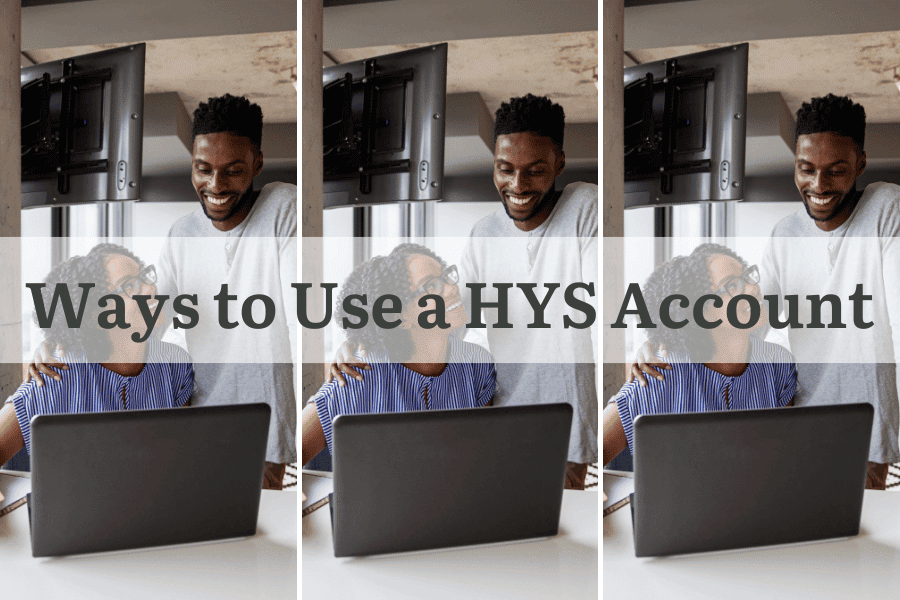
What is a High Yield Savings Account?
Before we discuss the best ways to use a high yield savings account, let’s define it. A high yield savings account is a type of savings account that typically offers a higher interest rate than traditional savings accounts. It is offered by online banks and some traditional banks. The higher interest rate allows you to earn more on your savings compared to a standard savings account.
As mentioned above, the main benefit of a HYSA is that it offers higher rates. According to the Federal Deposit Insurance Corporation (FDIC), a regular savings account’s national average interest rate is just 0.46% (as of 4/15/24). Many high-yield savings accounts, like those available through SoFi, currently offer up to 4.6% APY* (as of 4/15/24)—over 10 times more than traditional accounts pay.
This blog post is all about the best ways to use high yield savings accounts.
1. Emergency Funds
Are you currently building up an emergency fund for you and your family?
Building up an emergency fund is one of the most important uses of a high-yield savings account. A financial safety net can provide peace of mind and help you navigate unexpected expenses without debt. During economic lows, such as the one we are experiencing right now, it’s essential to have an emergency fund to fall back on. While many financial gurus generally recommend saving enough to cover at least three to six months’ expenses, this may not be realistic for everyone. It certainly isn’t for me!
I found that savings my emergency fund was one of the best ways to use a high yield savings account. This account can increase my savings and allow me to withdraw the money if necessary. I also plan to grow this emergency fund by setting up a direct deposit of 50 dollars from each paycheck. I put my money in a SoFi account because they offered a checking and debit card. This way, I can easily access my money in an emergency.
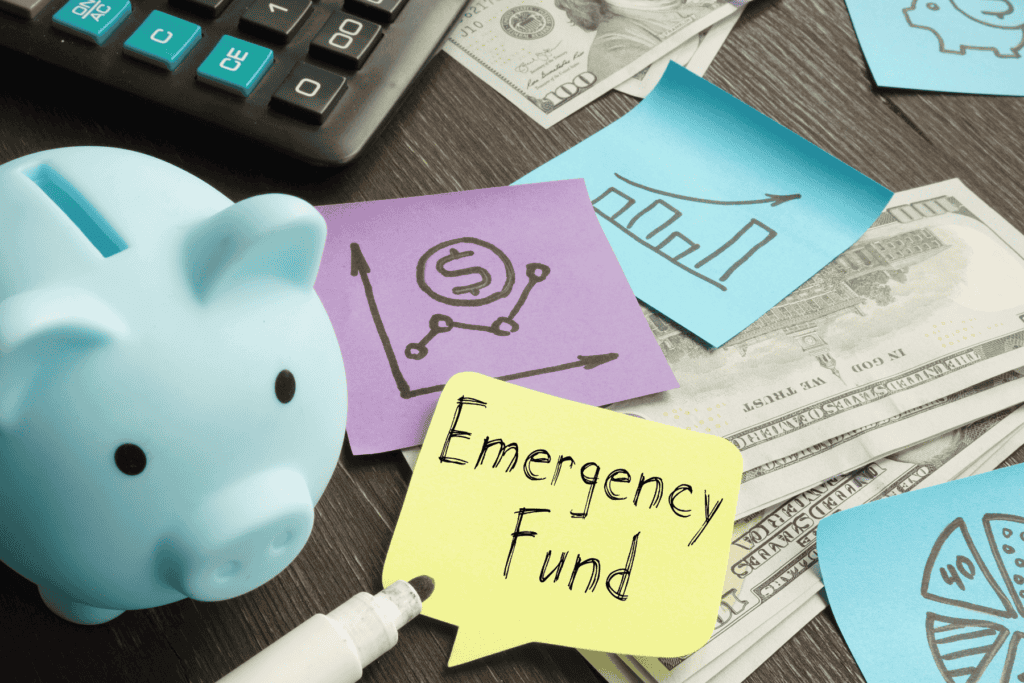
2. Sinking Funds
Are you currently using cash and envelopes to store your sinking funds?
If you are, you might miss out on some extra money. Sinking funds are specific savings set up to cover anticipated expenses or future financial obligations. They can be used for holidays, clothes, extracurricular activities, estimated taxes, self-care activities, big purchases, annual or seasonal expenses, etc.
Instead of stuffing your cash in envelopes or keeping it in a traditional savings account, consider opening a high-yield account, which typically offers better interest rates and security. You can also open multiple high-yield savings accounts to separate your different sinking funds.
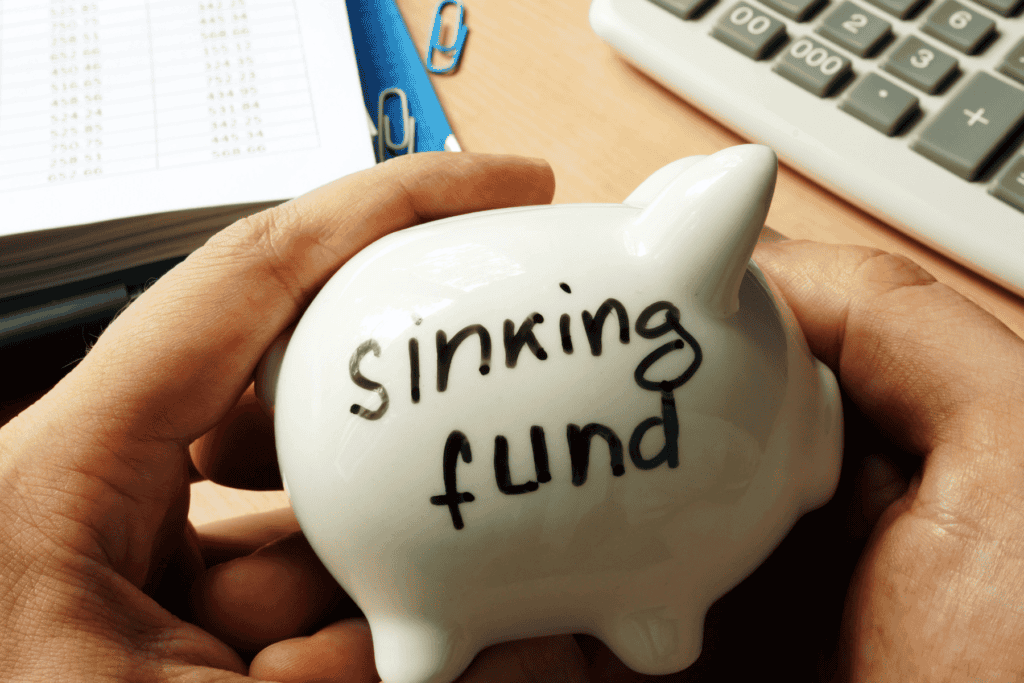
3. Down Payments
Are you planning to purchase a home or a car?
Saving for a downpayment when purchasing a home or a car can:
- help you lower your monthly payments,
- pay less in interest over the life of the loan,
- avoid private mortgage insurance (PMI) on your home
- improve your financial stability in the long term
I purchased my home when I was 27 years old and wished I had known about private mortgage insurance, which is about 150 dollars a month! I could have avoided this by making a down payment of at least 20% of the purchase price. So, don’t make the mistake I did, and save for a down payment and put it in a high yield savings account.
Saving for a down payment in a high yield savings account can provide several benefits. Firstly, a high yield savings account offers a higher interest rate than a traditional one, allowing your money to grow faster. This means you can reach your down payment goal more quickly and efficiently.
Additionally, the higher interest rate can help offset the impact of inflation, ensuring that your savings maintain their purchasing power. This can be especially important when saving for a large purchase like a down payment, as inflation can erode the value of your savings over time.
Furthermore, keeping your down payment savings in a separate high yield savings account can help prevent you from dipping into those funds for other expenses. The slightly higher interest rate may also be an additional incentive to stay committed to your savings goal.
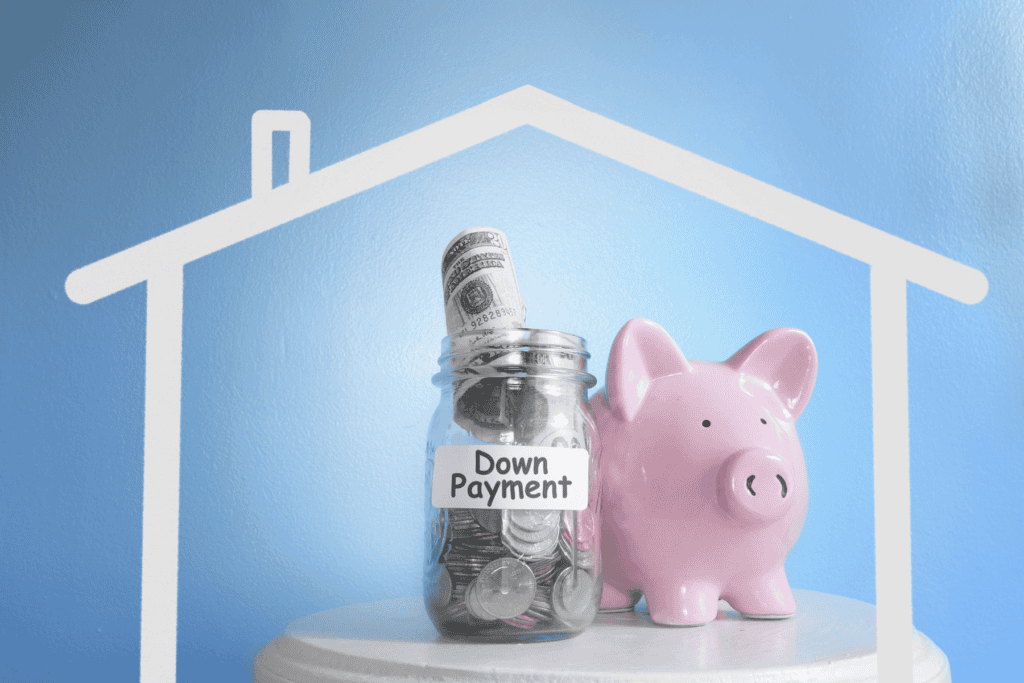
4. Save for Vacation
Are you planning your dream vacation?
About ten years ago, I took my parents to Italy. I paid for most of the trip with my brand-new, shiny credit card. I am still paying off that same credit card. In other words, do not be like me.
If you are saving for a vacation, instead of keeping your money stuffed away in a cabinet or under the bed, put it in a high-yield savings account. I recommend one with a checking account so you can use the debit card to pay for all the expenses related to the vacation, including airfare, transportation, food, lodging, excursions, tips, etc.

5. Save for Starting a Family
Are you currently pregnant or planning to have kids in the near future?
I am a mom of a 15-month-old and am currently pregnant, so I know how expensive it is to have a baby. The adoption expenses can also be very substantial. I personally have a health savings account (HSA) that I fund through my employer. This is how I pay most of my medical bills.
However, I can only use a HSA for medical or dental bills. So, it would be smart to start saving for diapers, wipes, formula, bottles, clothes, baby gear, etc. There are so many expenses associated with having a new baby. You also have to consider unpaid maternity or paternity leave.
My best friend and I are currently pregnant, and I could not believe she did not get paid maternity leave! I was flabbergasted! I am lucky that my company offers 12 weeks of paid maternity, but most US companies offer less or nothing!
My husband has a business, so we must save for his paternity leave. And trust me, it is worth whatever sacrifice we make to save for him to help with the newborn.
Moral of the story: Plan, budget, and save money if you are expecting a new baby.

6. Save for a Wedding
Are you planning a wedding, or do you know someone planning one?
I got married in the courthouse and had a nice dinner afterward, so I do not personally have experience planning a wedding, but I know they can get very expensive. My sister is planning one this year and is only planning to invite about 50 people. However, even small weddings can get costly.
Fortunately, she has money saved in her traditional checking account. Unfortunately, she missed out on higher interest rates while her money was just sitting there for a few years, earning pennies. Don’t miss out on extra money, and save your money in a high yield savings account.

7. Save for Home Repairs or Renovations
Are you planning to remodel your home?
even if you are not planning to remodel or renovate your home, unexpected home expenses will occur. Trust me. As a homeowner, I’ve had. to replace my AC unit, roof, and floors and clean the septic tank (ew). Something will happen, and you will be forced to finance these expenses if you do not have money saved.
High yield savings accounts help you prevent charging the credit card or getting a loan with a high-interest rate to cover these expenses.
On the other hand, if you want to upgrade or remodel your kitchen, bathroom, living room, or back patio, then save your money in a high-yield savings account to take advantage of the high-interest rate while you reach your goal.

How High Yield Savings Accounts Work
High-yield savings accounts work similarly to traditional savings accounts. Online banks and financial institutions offer these accounts and typically have higher interest rates compared to traditional brick-and-mortar banks.
Here is how high yield savings accounts work:
- Interest rates: High yield savings accounts offer a higher interest rate compared to traditional savings accounts. This means that your money will grow faster over time as it earns more interest.
- Minimum deposit: Some high yield savings accounts may have a minimum deposit requirement to open the account. However, this amount is typically lower than what is required by traditional banks.
- Initial deposit: Some yield savings accounts require an initial deposit amount to open the account or to get a bonus.
- Checking accounts: Some online banks offer a checking account that can be used to access your savings.
- No fees: Many high yield savings accounts do not charge monthly maintenance fees or require a minimum balance to avoid fees. This can help you save more money in the long run.
- Online access: High yield savings accounts are typically offered by online banks, which means you can manage your account online through a website or mobile app. This allows for easy access to your account and the ability to transfer money between accounts.
- Federal insurance: Just like traditional savings accounts, high yield savings accounts are also insured by the Federal Deposit Insurance Corporation (FDIC) or the National Credit Union Administration (NCUA) up to $250,000 per depositor, per insured bank.
It is important to research and compare different high yield savings accounts to find the best option for your financial goals.
Understanding APY
APY stands for Annual Percentage Yield, and it is a way to calculate the interest earned on an investment or deposit over a year, taking into account compounding.
APY takes into account the effect of compound interest, which means that the interest earned on an investment or deposit gets added back to the original investment so that the total amount grows over time.
Understanding Compound Interest
Compound interest is the interest calculated on both the initial principal and the accumulated interest from previous periods. In simple terms, it means that you earn interest on your interest.
How it works:
- You start with an initial principal amount (for example, $1,000).
- This amount earns a certain percentage of interest over a specific period (for example, 5% annually).
- At the end of the first year, you would have earned $50 in interest, for a total of $1,050.
- In the second year, you would earn 5% interest on the new total of $1,050, which would be $52.50.
- This process continues each year, with the interest amount increasing each time due to the compounding effect.
Example: Let’s say you invest $1,000 in a savings account that earns 5% interest compounded annually. After the first year, you would have $1,050. After the second year, you would have $1,102.50. After the third year, you would have $1,157.63.
As you can see, the amount of interest earned increases yearly due to compounding, allowing your money to grow faster over time.
How to Compare High Yield Savings Accounts
To choose the best high-yield savings account, compare options from traditional banks, online banks, and credit unions. The highest APYs are typically available from online banks, but interest rates aren’t all that matter. You should also consider these factors:
- Minimum initial deposit requirements
- Minimum balance requirements
- Maintenance Fees
- Accessibility to your Money (ATM access)
- Limits on withdrawals
- Ease of transfers
- Online/mobile experience
- Customer Support
- Security (Bank insured by the FDIC or a credit union insured by the National Credit Union Administration (NCUA))
This blog post was all about the best ways to use high yield savings accounts.
